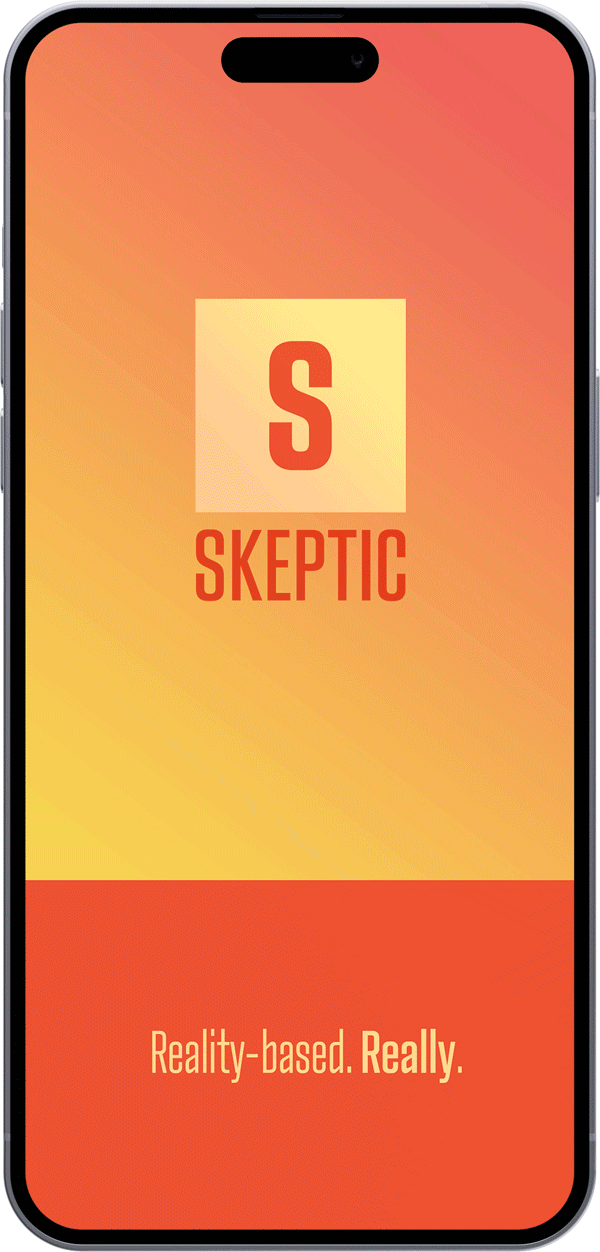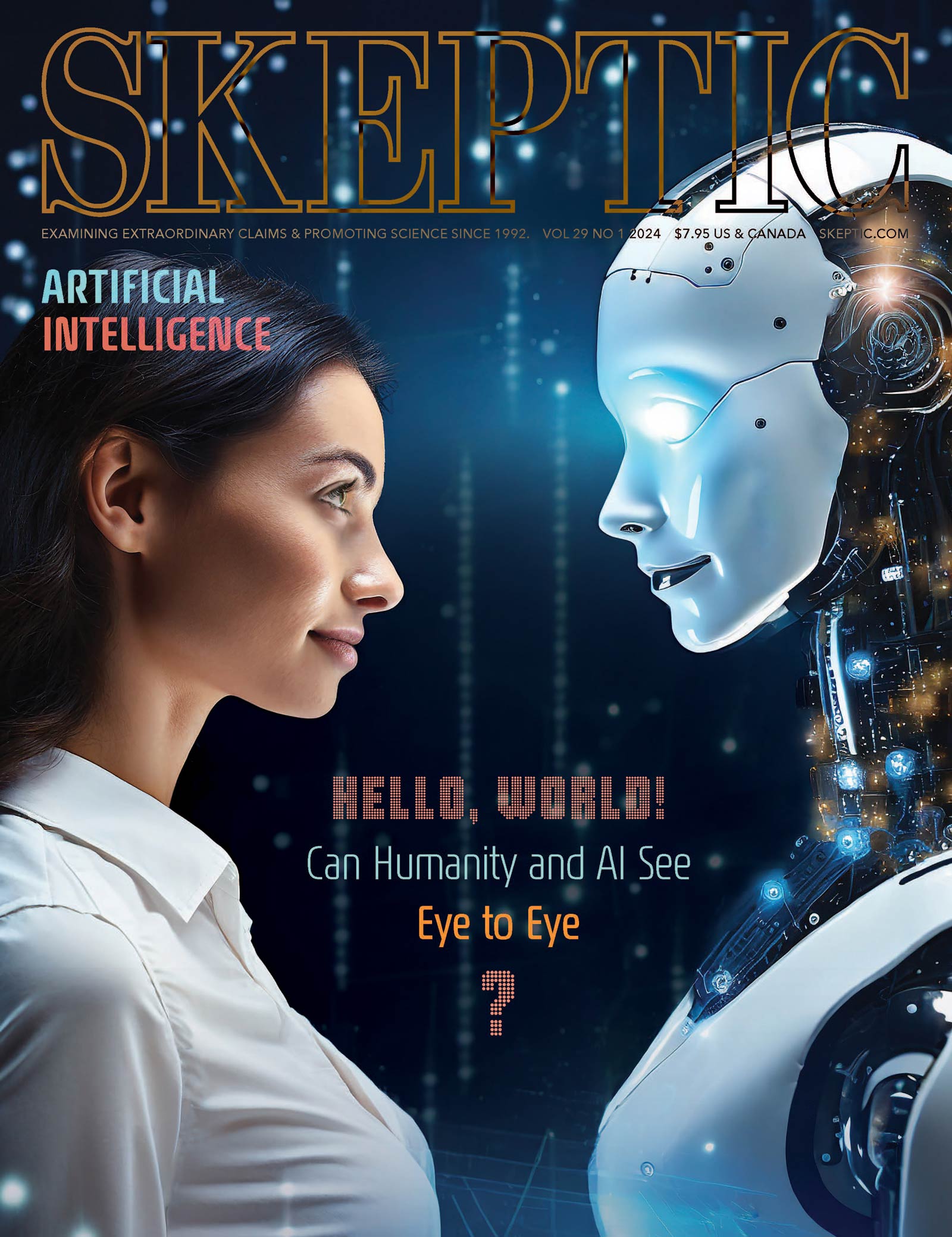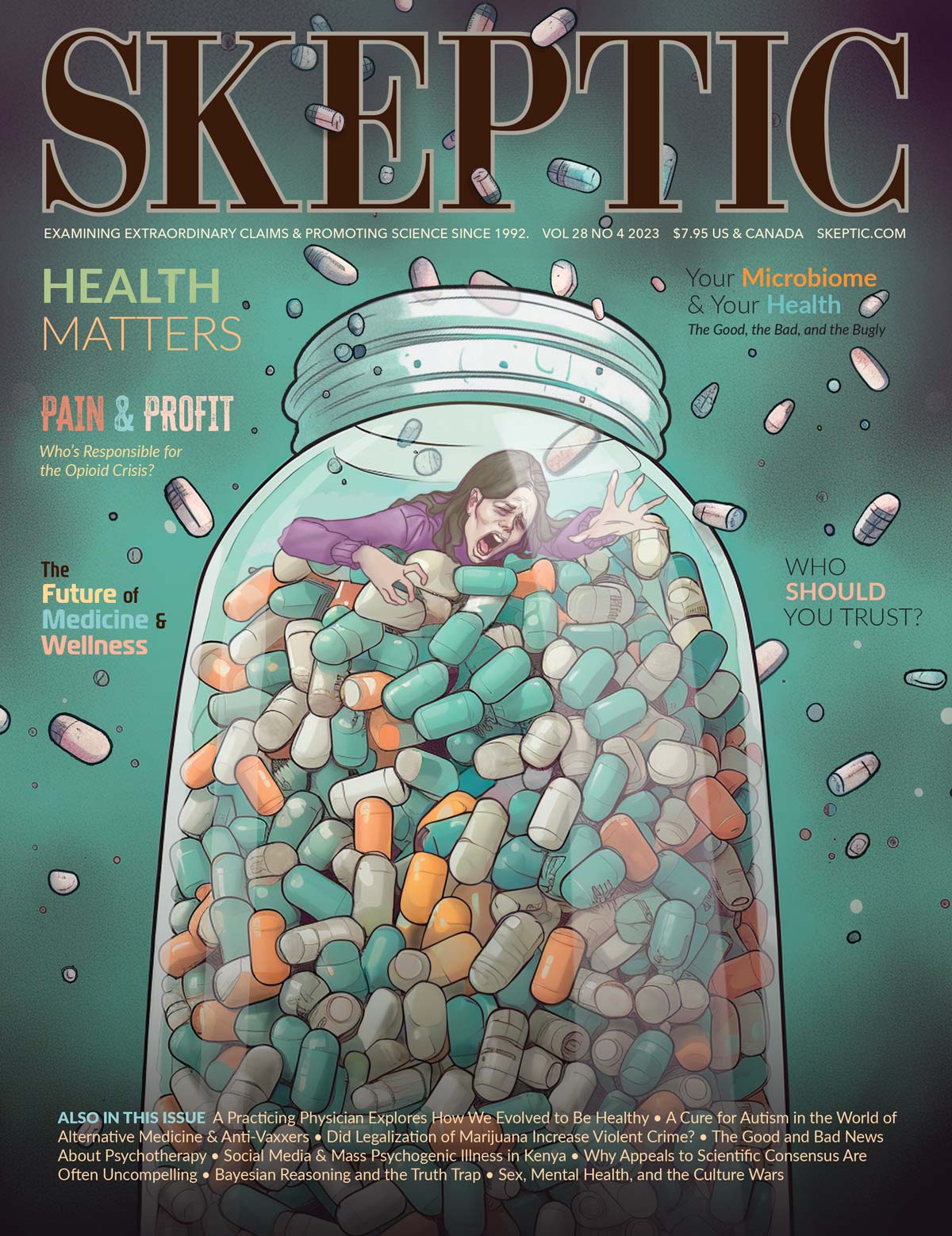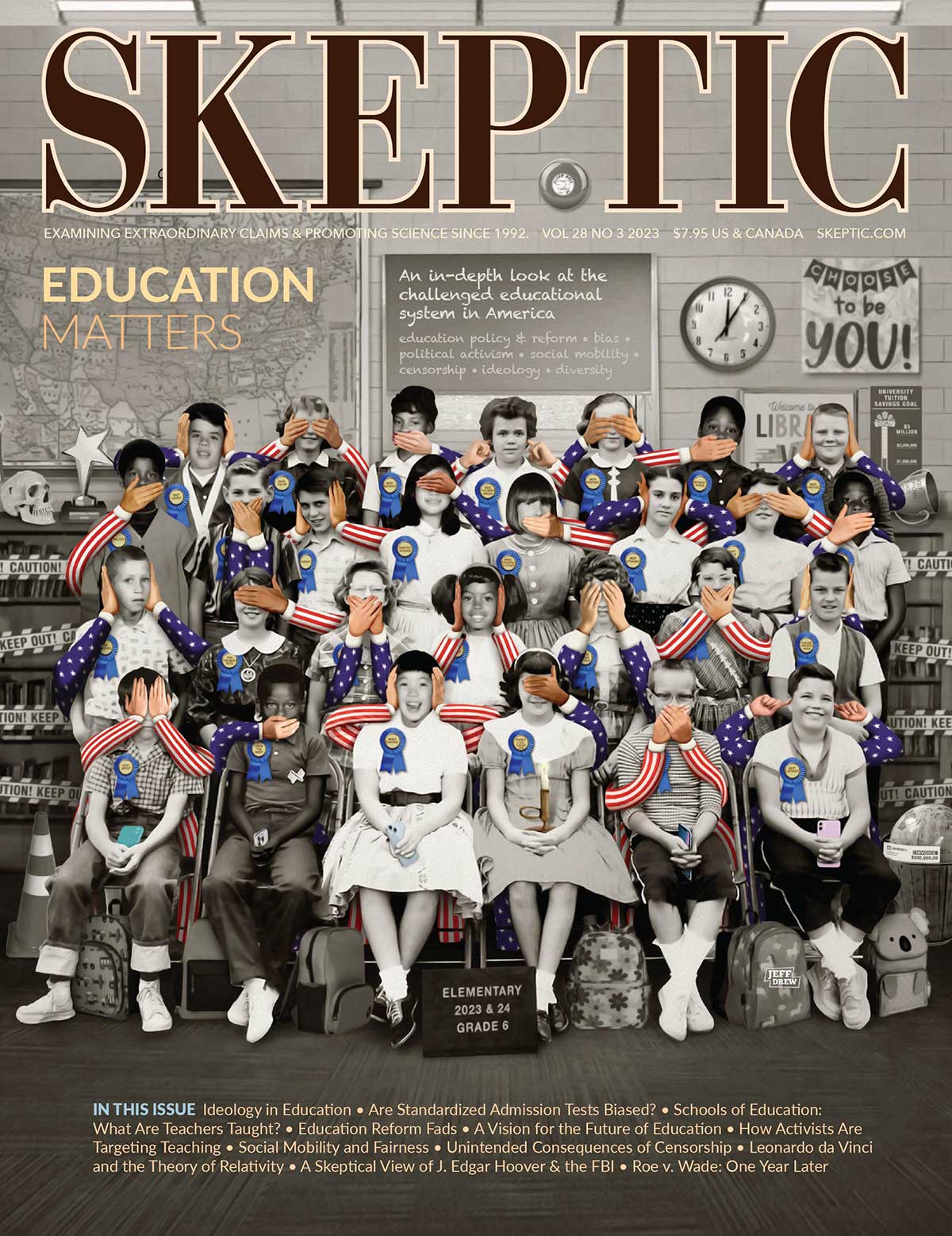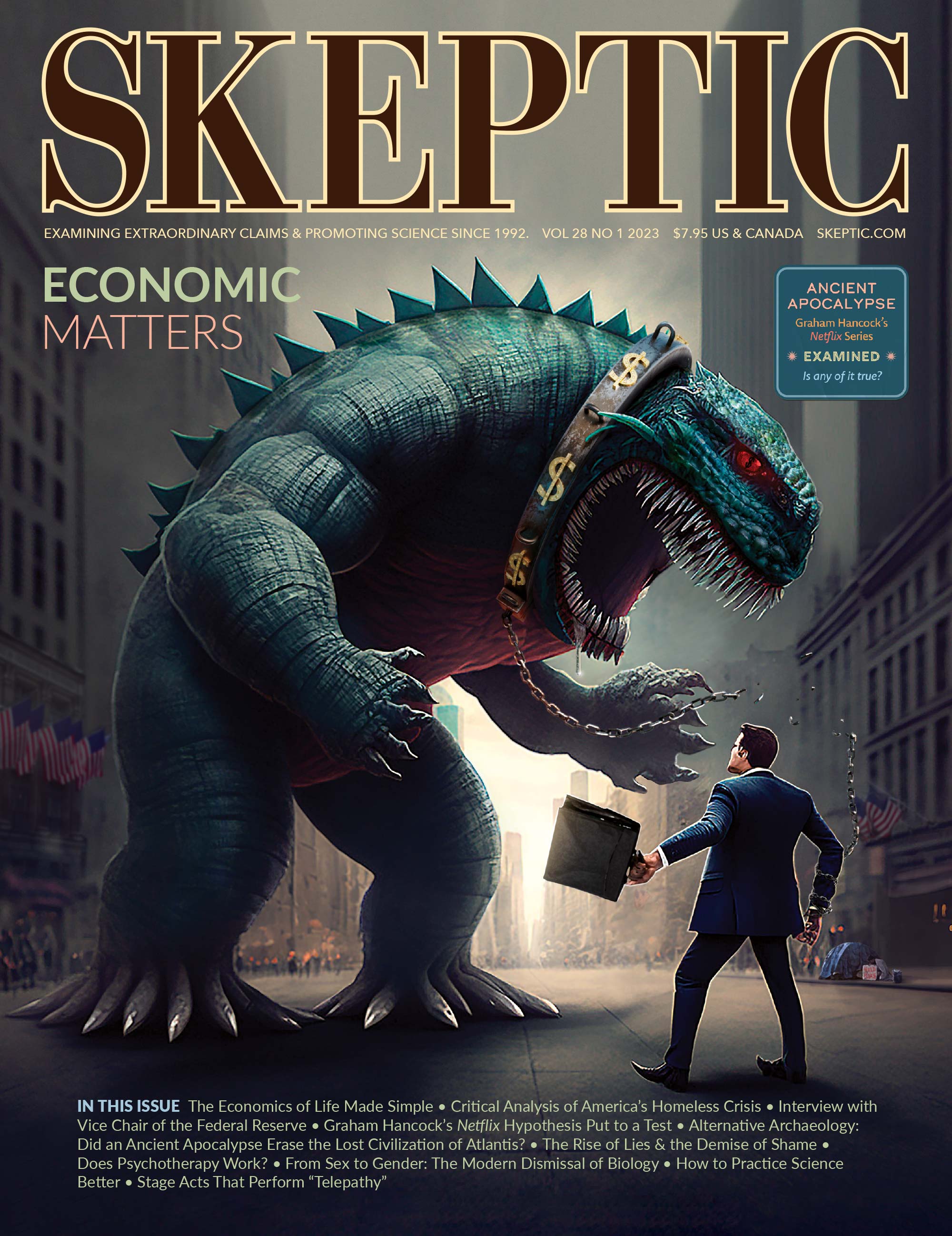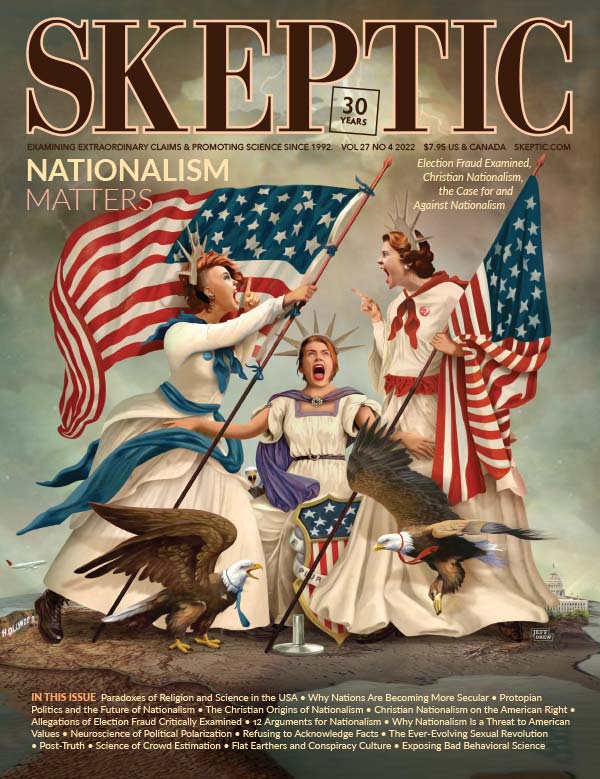prejudice
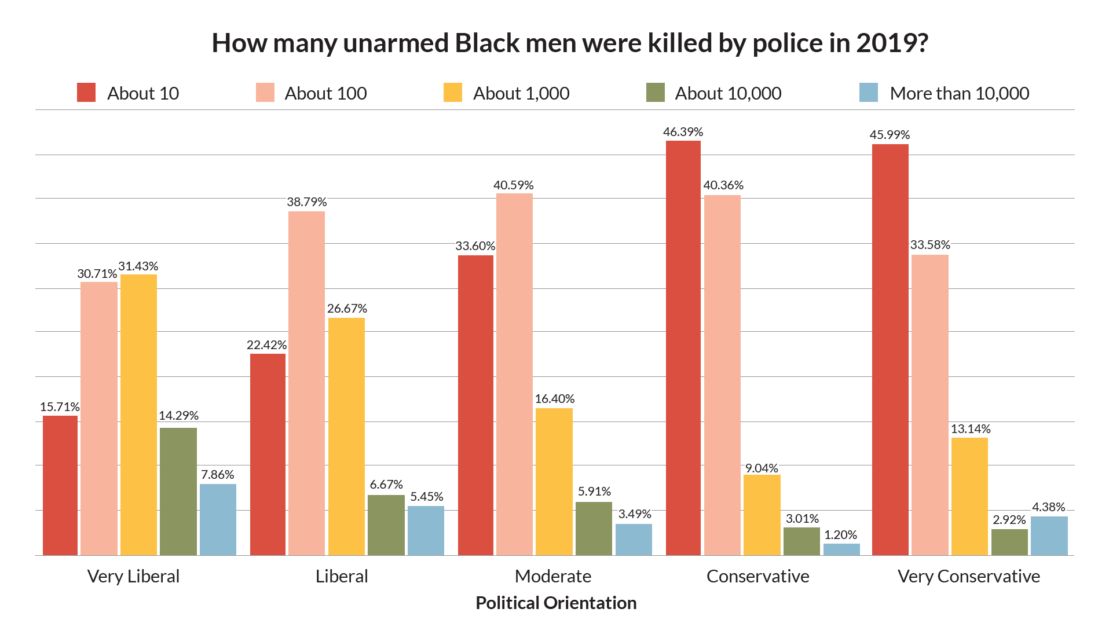
Everyone knows that race relations in America have a long and troubled history. By some measures race relations are very good, with polls showing that people are more tolerant of racial diversity today than they were decades ago. But by other measures it would seem race matters are more disconcerting than ever. In this analysis Chris Ferguson attributes the troubling events of recent years to the news media and how they create a social narrative driving the decline of race…
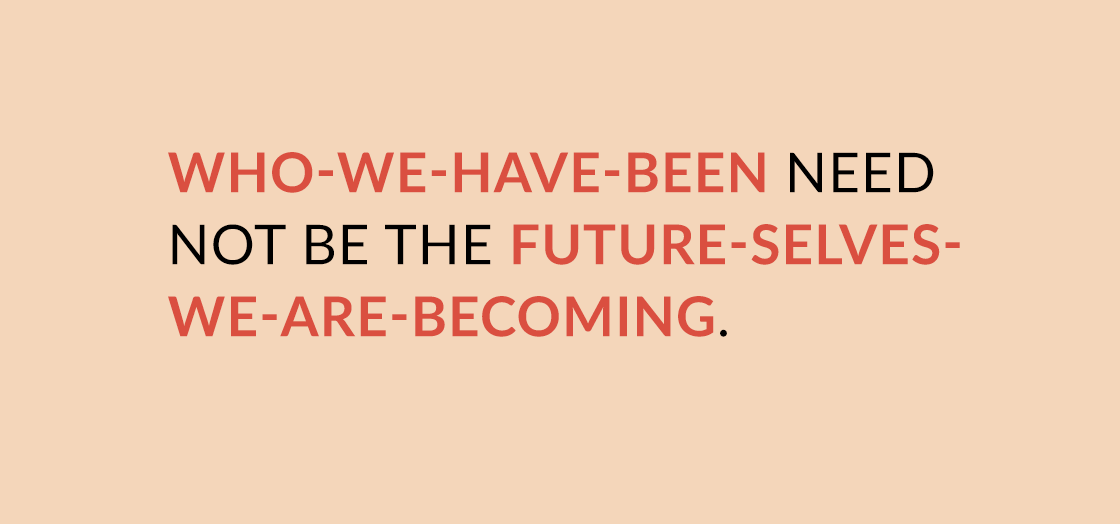
As Skeptic Publisher Michael Shermer wrote in his Introduction to Skeptic magazine’s special issue on Race Matters (27.3), the issues outlined in this article documenting the continuation of systemically racist social structures—even as racist attitudes have improved dramatically over the past half century—mean that race still matters very much in the USA. It is thus incumbent on all of us to properly understand the causes of these issues so that we may implement a rational and science-based response to them.
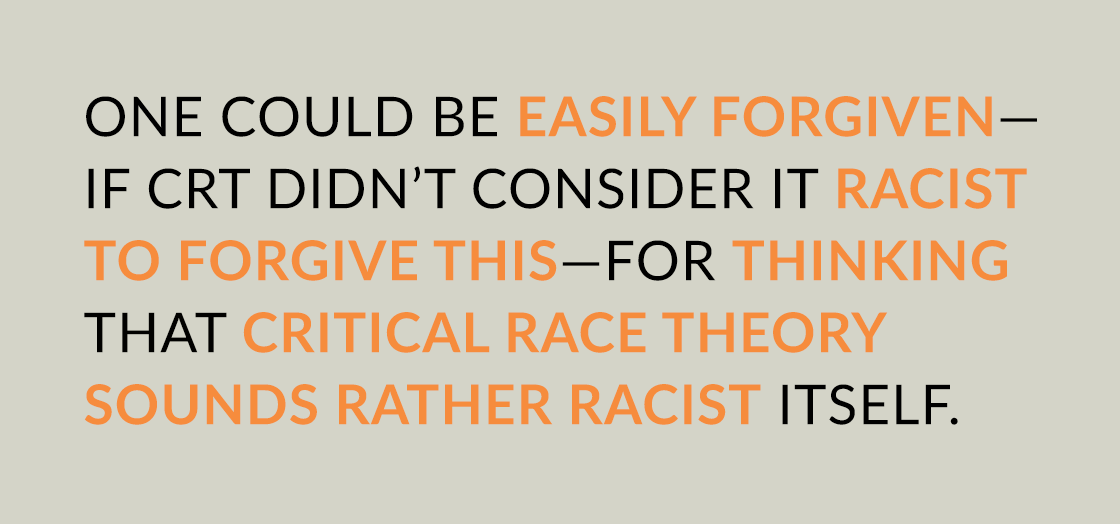
Critical Race Theory (CRT) is, at root, an American phenomenon. So thoroughly is this the case that although its ideas have been used outside the United States for some time, they are often highly flavored by U.S. racial history. CRT holds that race is a social construct that was created to maintain White privilege and […]
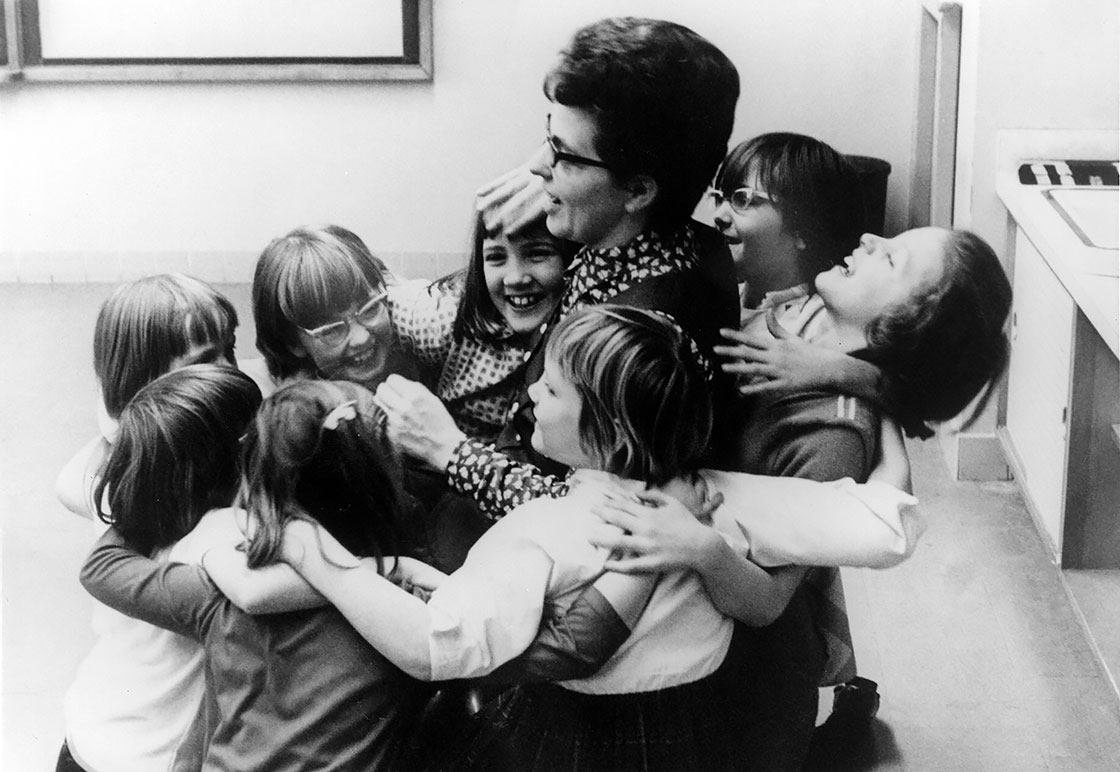
One of the most famous experiments in education — Jane Elliott’s “blue eyes, brown eyes” separation of her third grade students to teach them about prejudice — was very different from what the public was told, as revealed in this excerpt from the in-depth story about what really happened in that classroom.
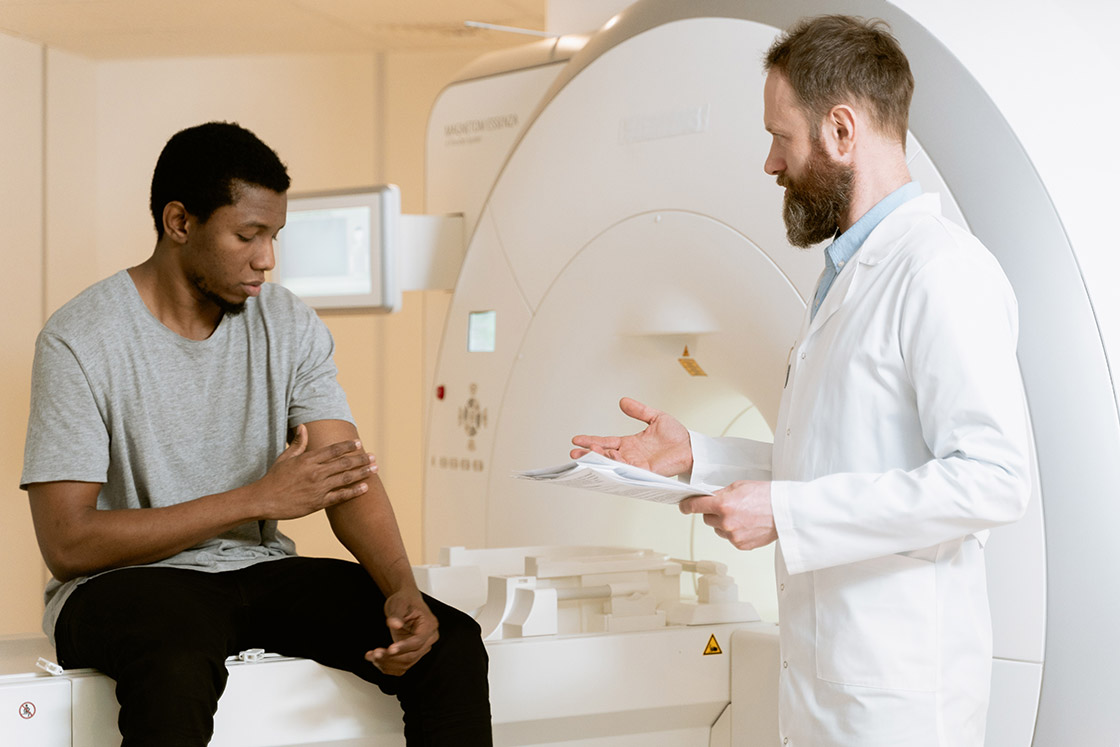
If race is a social construct with no meaningful biological foundation, then why do medical doctors and researchers collect information about a patient’s race, along with gender and other characteristics? Harriet Hall considers the concept of race from a medical perspective: what we know, what we don’t know, and what difference it makes.
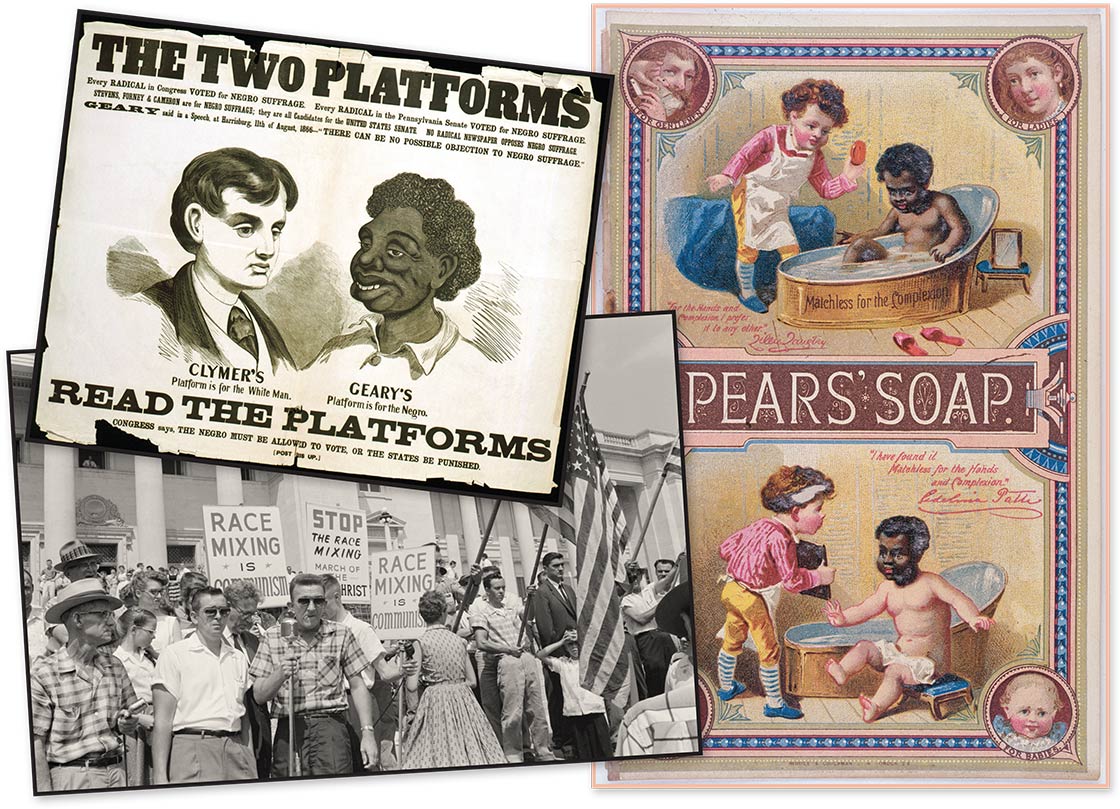
Michael Shermer introduces the theme of Skeptic magazine volume 27, number 3: Race Matters.
In response to last week’s trifecta shootings in Gilroy, El Paso, and Dayton, Michael Shermer offers an analysis of the psychology of mass public shooters, or why people act on their beliefs, why almost everyone thinks their beliefs are ontologically true and morally right, and why political rhetoric matters.
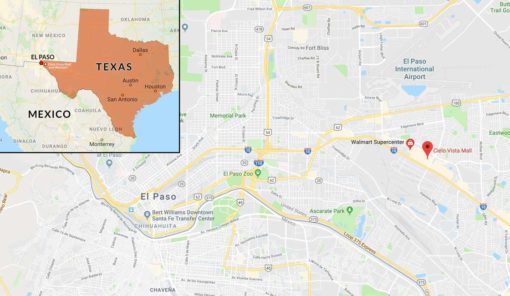
In response to last week’s trifecta shootings in Gilroy, El Paso, and Dayton, Michael Shermer offers an analysis of the psychology of mass public shooters, or why people act on their beliefs, why almost everyone thinks their beliefs are ontologically true and morally right, and why political rhetoric matters.
In his June 2018 ‘Skeptic’ column for Scientific American, Michael Shermer discusses Google data scientist Seth Stephens-Davidowitz’s idea that Google searches may act as a “digital truth serum” for our deeper and darker thoughts.
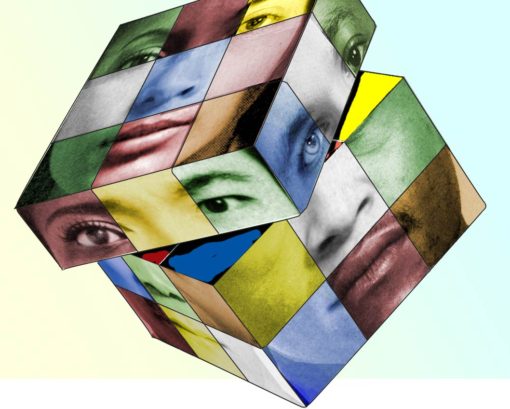
Carol Tavris examines whether the Implicit Association Test (IAT) can really capture unconscious prejudices and predict if people will actually behave in a biased or discriminatory way.

In this week’s eSkeptic, Carol Tavris examines whether the Implicit Association Test (IAT) can really capture unconscious prejudices and predict if people will actually behave in a biased or discriminatory way.
![Hercules Killing the Lernean Hydra, Cornelis Cort [Public domain], via Wikimedia Commons](https://www.skeptic.com/wordpress/wp-content/uploads/Hercules_Killing_the_Lernean_Hydra-2x-510x379.jpg)
Social psychologist (and regular columnist for Skeptic magazine, Carol Tavris, discusses the hydra of prejudice and the psychological predictors that lead to it rearing its ugly heads.
![Hercules Killing the Lernean Hydra, Cornelis Cort [Public domain], via Wikimedia Commons](https://www.skeptic.com/wordpress/wp-content/uploads/Hercules_Killing_the_Lernean_Hydra-2x-510x379.jpg)
In this week’s eSkeptic, social psychologist (and regular columnist for Skeptic magazine, Carol Tavris, discusses the hydra of prejudice and the psychological predictors that lead to it rearing its ugly heads.
DeLeon, an LAPD officer, provides an insider’s perspective on the many circumstances cops find themselves in that can lead incidents to escalate into violence.









![Hercules Killing the Lernean Hydra, Cornelis Cort [Public domain], via Wikimedia Commons](https://www.skeptic.com/wordpress/wp-content/uploads/Hercules_Killing_the_Lernean_Hydra-2x-510x379.jpg)
